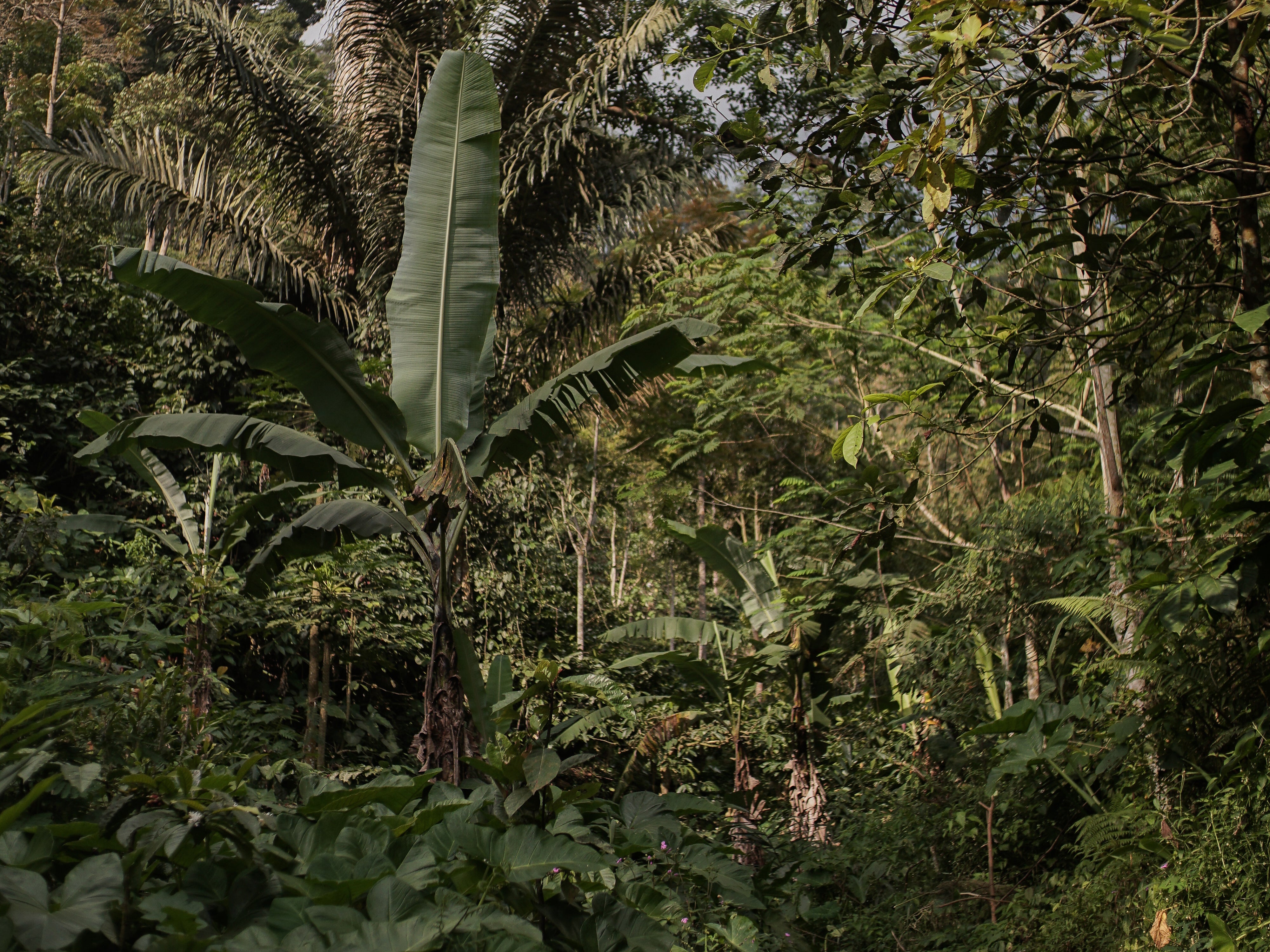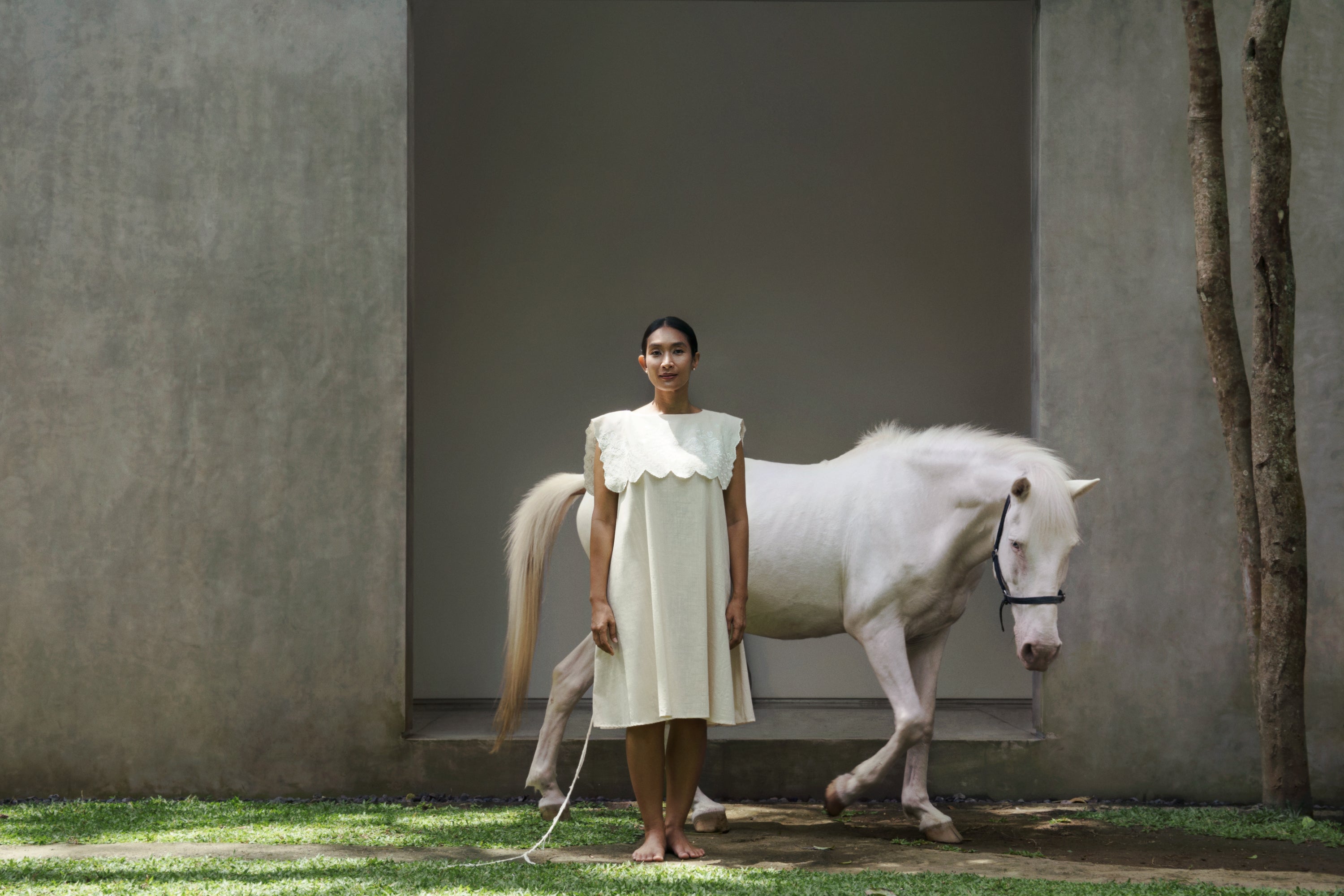
You know why we use natural dyes. But is using natural dyes always sustainable? It all depends on how it was sourced and processed. So I created this #MadeRight Materials series where I'll share more about our Zero Harm sourcing principle: a set of values-driven principles that we certify our farmers in to ensure the origin of our natural dyes and its positive planetary impact. Let's nerd up - first stop: Mahogany wood!
120 million trees disappear into clothing every year.
And it’s on track to double in the next decade. Where 30% is estimated to come from endangered and ancient forests (Canopy, 2020).
How come it’s that bad?
Fashion’s supply chain is notoriously complex and opaque. Most brands only have transparency on who stitched it, not who made the fabric and farm-level traceability. While using natural dyes and fibres are great – irresponsible sourcing can lead to deforestation and devastation of diverse ecosystems.
That's why No Deforestation is one of the main pillars we certify with #MadeRight. And today, I'll take you on a journey to learn more about our Reclaimed Mahogany!
No Deforestation Dye
Mahogany is the mighty wood that created your favorite Ochre and black (combined with Indigo leaves/blue) #MadeRight pieces. But the thing with natural dyes is that the plant materials come from the Earth. In this case, wood comes from trees, which means that irresponsible sourcing can lead to deforestation and devastation of diverse ecosystems.
Why the trouble? Because forests hold secrets. They absorb carbon and fight climate change, but also provide habitats for animals and homes for indigenous communities. Providing air that sustain our lives, maintaining balance in our environment. That's why we work hard to ensure that your #MadeRight choice protects this interconnection.
Existing options means buying wood from suppliers proved to be very intransparent. Most places weren't able (or willing) to share where the wood was from, and especially how was it cut. I'm a nerd this way, but to me this wasn't enough. Because if you don't know, how can you be sure?
What if by using natural dyes, we're actually taking a breath away from the Planet?

That was when we heard of a wood landfill near one of our villages in Central Java. It was where unwanted woods - leftovers of furniture production or odd sizes - gets thrown out. So our Ibus decided to collect these woods, saving them behind Rumah SukkhaCitta so they can give them a second life.
Reclaiming precious resources to be the solution rather than adding to the problem. While providing livelihoods for farmers. The rubiadin (red-brown) pigment is contained in the outer skin, so our farmers carefully peel the leftover woods to isolate the bark. The inside is then used as firewood, to boil the bark so it can be used to dye.

Nothing goes to waste and no ancient forests gets cleared. This is the power of your #MadeRight choice.





